You have to keep in mind that the whole field of electronics is an abstraction of the underlying physics of charged particles attracting and repelling each other.
Lets look at an isolated ball from this perspective.
Start with neutrally charged ball. There are equal numbers of positively and negatively charged particles on the sphere. They balance each other out.
If we want to make current flow into the ball, we are going to need to push charged particles onto it. This will take work because these charged like-charged particles repel each other. The more charged particles we push onto the sphere, the harder it gets to push more because there is more force repelling the new ones. The more we add to the ball, the more force it takes to add even more charge.
If we make the ball bigger, there is more room for the charged particles to spread out. Therefore, for a given number of charged particles stored on the ball, the amount of force it take to add a given additional amount of charge will be less for a large ball than for a small ball.
The force we are talking about here is voltage, and the size of the ball is its capacitance.
Seen this way, hopefully it makes sense why an isolated object can have capacitance.
A standard electronics capacitor is really just two balls (or more likely plates) placed a certain distance apart from each other. IN the limit where the two balls are infinitely far from each other, the above view still works perfectly- keeping in mind that it will take double the force to move a charged particle from one plate to the other because you not only have to over come the repulsion of the ball you are adding to, you also have to overcome the attraction from the ball you are taking from. As you move the balls closer together, they start to interact and make it easier to move the charges because the imbalances start to cancel out. The closer the balls get, the less force it take to move a charge from one to the other (or the more charge you can move with a given force). So, as the plates of a capacitor get closer, the capacitance (amount of charge to push between the two plates for a given voltage) goes up!
All the math works out perfectly and flows directly from Coulomb's law with the help of some geometry and calculus.
I'd highly recommend this book...
Matter and Interactions, Volume II: Electric- and Magnetic Interactions
(good paper giving a taste of this approach here)
It completely changed the way I see wire, batteries, capacitors, & resistors and made so many otherwise confusing things finally make sense. It is all just charged particles attracting and repelling each other.
When you are ready to peek under the covers of inductors and antennas so to see that they are also just charged particles attracting and repelling each other (albeit in relativistic frames), then I'd highly recommend this book...
Berkeley Physics Course: Electricity and Magnetism v. 2
(older edition is in public domain and free here)
...which again profoundly changed the way I see the world.
